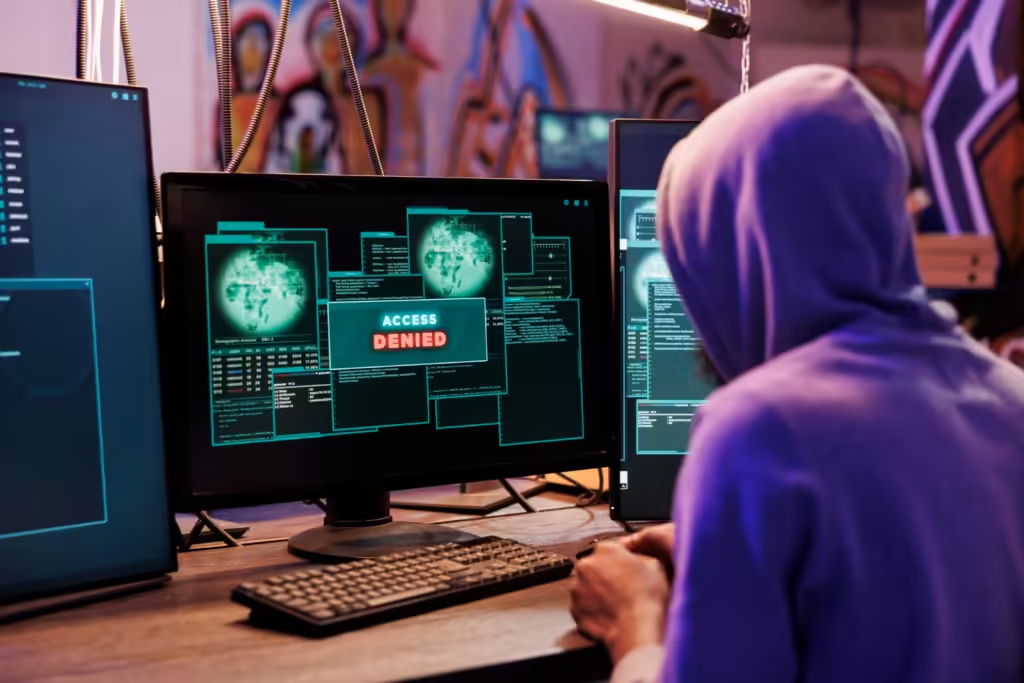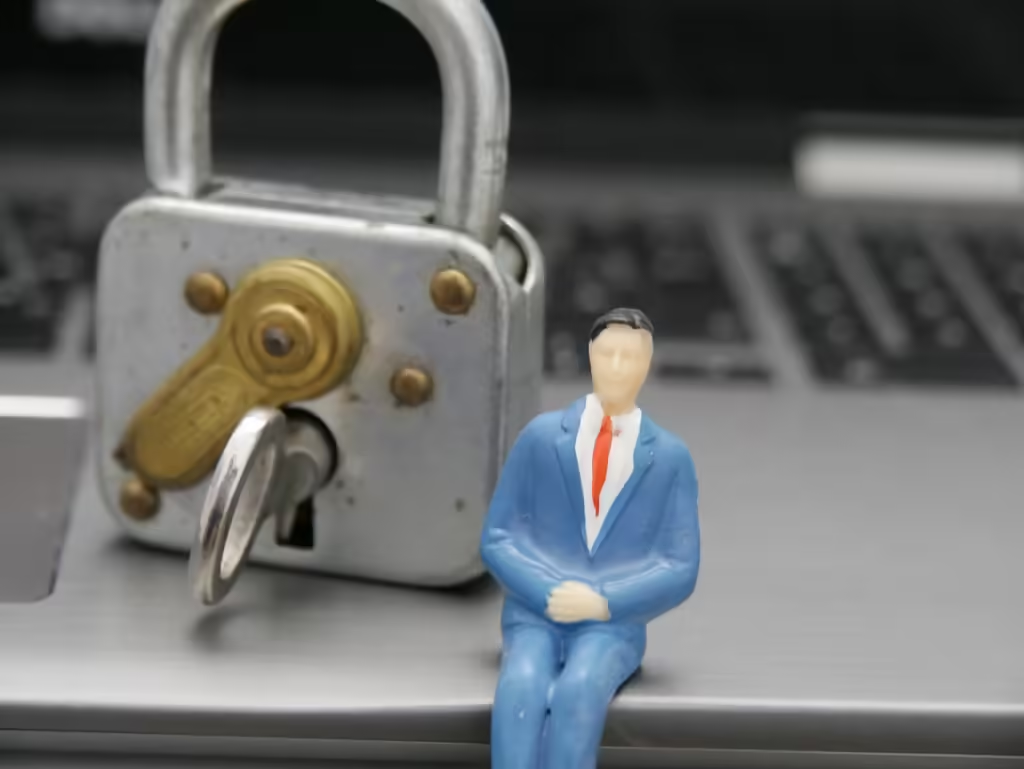Ransomware attacks have become a serious threat in the digital age. These malicious software attacks encrypt a victim’s files, demanding a ransom for their release. Understanding how to prevent, respond to, and recover from such attacks is essential for individuals and businesses alike.
Table of Contents
Understanding Ransomware Attacks
Ransomware is a type of malware that encrypts a victim’s data. The attacker then demands a ransom, usually in cryptocurrency, to provide the decryption key. This form of cyber extortion has been on the rise, targeting everything from personal computers to large corporate networks.
The impact of ransomware can be devastating. Not only can it lead to financial loss, but it can also disrupt operations and damage reputations. It’s crucial to know how these attacks work and take steps to protect against them.
How Ransomware Spreads
Ransomware can infiltrate systems in various ways. The most common methods include phishing emails, malicious attachments, and compromised websites. Once inside, the ransomware spreads quickly, encrypting files and rendering them inaccessible.
Phishing emails often appear legitimate, tricking recipients into clicking on links or opening attachments. These actions can unknowingly download ransomware onto their devices. Similarly, visiting compromised websites or downloading software from untrusted sources can lead to infection.
Prevention Strategies
Preventing ransomware attacks requires a multi-faceted approach. The first line of defense is educating users about the dangers of phishing and the importance of avoiding suspicious links and attachments. Regular training sessions can help reinforce these practices.
Another crucial prevention measure is maintaining updated software and systems. Ensuring that all devices have the latest security patches can close vulnerabilities that ransomware might exploit. Using reputable antivirus software and firewalls adds an extra layer of protection.
Importance of Regular Backups
Regular backups are essential in the fight against ransomware. By keeping frequent backups of critical data, you can restore your systems without paying the ransom. Backups should be stored offline or in secure cloud environments to ensure they are not compromised during an attack.
Automating the backup process can help ensure consistency. Testing these backups regularly is also vital to confirm that data can be successfully restored. This practice can save time and resources during recovery efforts.
Responding to Ransomware Attacks
Despite the best prevention efforts, ransomware attacks can still occur. Having a response plan in place is crucial. The first step in any response plan should be to isolate the infected systems to prevent the ransomware from spreading further.
Once isolated, it is important to identify the ransomware variant. This information can guide the response and help determine whether a decryption tool is available. Many cybersecurity firms and organizations provide resources to help identify and combat specific ransomware strains.
Communication During an Attack
Communication is key during a ransomware attack. Informing all stakeholders, including employees, customers, and partners, about the situation can help manage expectations and prevent misinformation. Transparency can also preserve trust and credibility.
It’s also wise to contact law enforcement and cybersecurity professionals. They can offer guidance, support, and potentially help recover encrypted data. Reporting the attack contributes to broader efforts to combat cybercrime.
Recovery After an Attack
Recovering from a ransomware attack can be a complex and time-consuming process. The first step in recovery is to restore data from backups. If backups are unavailable or compromised, decryption tools may be an option, though they are not always effective.
Post-attack, conducting a thorough investigation is necessary. Understanding how the ransomware entered your system can help prevent future incidents. This process often involves reviewing logs, updating security measures, and possibly hiring cybersecurity experts for a detailed analysis.

Long-term Security Measures
Implementing long-term security measures is essential to protect against future ransomware attacks. Regularly updating software and systems, conducting security audits, and providing ongoing user education are crucial steps. Developing a comprehensive cybersecurity strategy can help mitigate risks.
Investing in advanced security solutions such as intrusion detection systems and endpoint protection can also enhance your defenses. These tools can detect and respond to threats in real time, providing an added layer of security.
The Role of Cyber Insurance
Cyber insurance can be a valuable asset in the event of a ransomware attack. These policies can cover the costs associated with the attack, including ransom payments, recovery efforts, and legal fees. It’s important to review and understand the coverage provided by your policy.
Choosing the right cyber insurance requires careful consideration. Evaluating the potential risks and understanding the terms and conditions of the policy can help ensure adequate coverage. Consulting with a knowledgeable insurance provider can also provide valuable insights.
Legal and Ethical Considerations
Ransomware attacks often present legal and ethical dilemmas. Paying the ransom may seem like the quickest way to regain access to your data, but it can also fund further criminal activities. Many experts advise against paying ransoms, as it does not guarantee data recovery and encourages more attacks.
Legal requirements may also come into play, depending on the nature of the data compromised. Compliance with data protection regulations is essential, and failure to report breaches can result in significant penalties. Consulting legal professionals can help navigate these complexities.
Staying Informed and Vigilant
The landscape of ransomware attacks is constantly evolving. Staying informed about the latest threats and trends is crucial. Regularly reviewing cybersecurity news and updates can help you adapt your defenses accordingly.
Joining cybersecurity forums and communities can provide valuable insights and support. Engaging with other professionals in the field can help share knowledge and strategies for combating ransomware. Continuous learning and adaptation are key to staying ahead of cybercriminals.
Promoting a Culture of Cybersecurity
Promoting a culture of cybersecurity within your organization is essential. Encouraging employees to take an active role in security efforts can enhance overall defenses. Regular training, clear communication, and fostering a sense of shared responsibility are vital components.
Recognizing and rewarding good security practices can also motivate employees. Creating a positive and proactive security culture can lead to better compliance and a stronger defense against ransomware and other cyber threats.
A Proactive Approach to Ransomware with MATUR Intech Cyberhub
Ransomware attacks pose a significant threat, but with the right strategies, they can be managed effectively. By focusing on prevention, having a solid response plan, and implementing robust recovery measures, individuals and businesses can protect themselves from these malicious attacks.
When it comes to cybersecurity, we can rely on Matur Intech Cyberhub. Their comprehensive solutions and expert guidance have been invaluable in protecting data and systems. If you are serious about safeguarding your digital assets, we highly recommend checking out Matur Intech Cyberhub. Their expertise and dedication make them a trusted partner in the fight against ransomware and other cyber threats.


